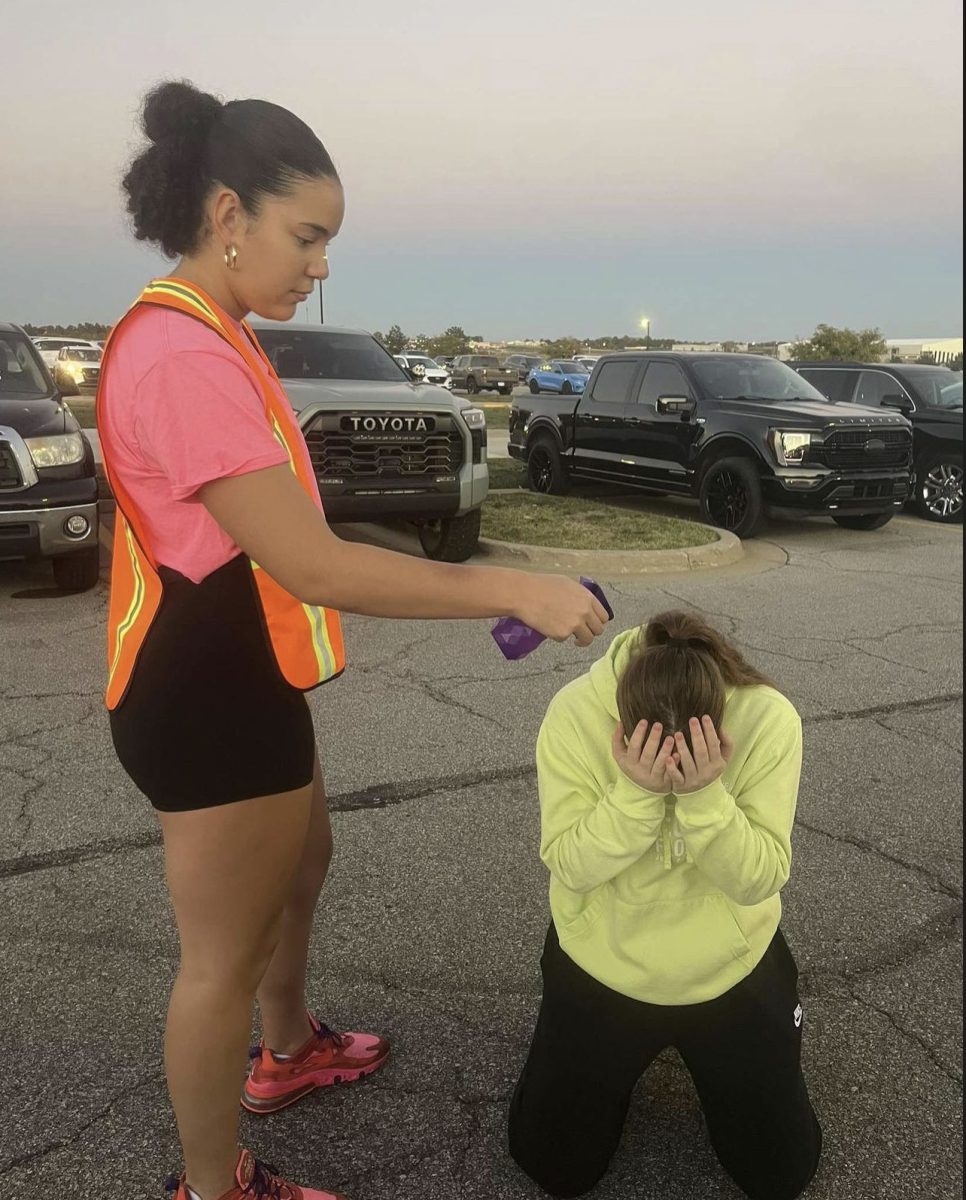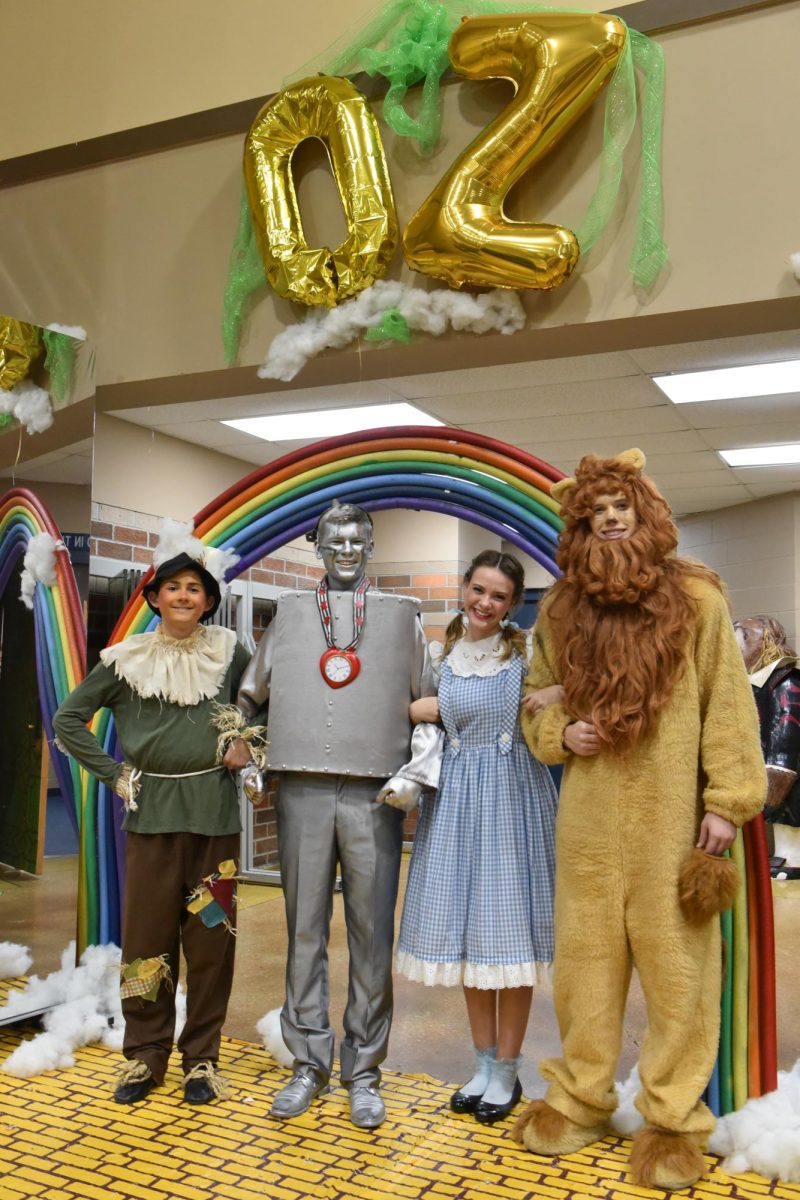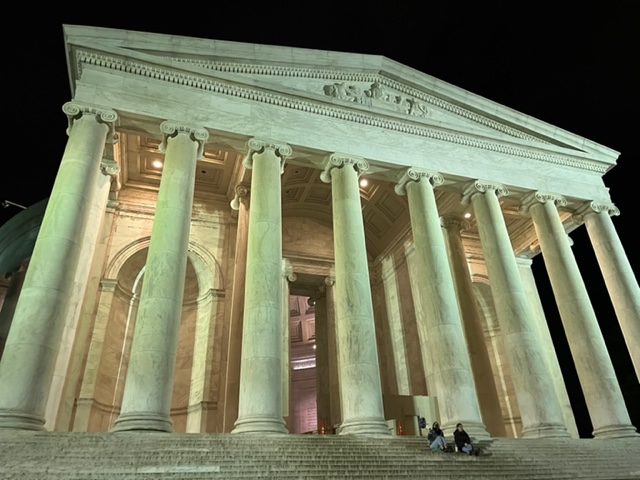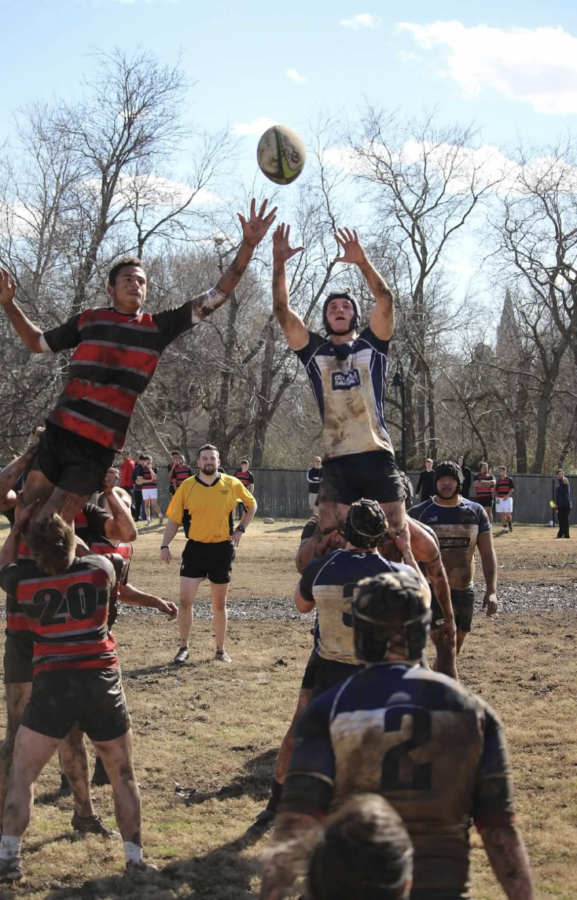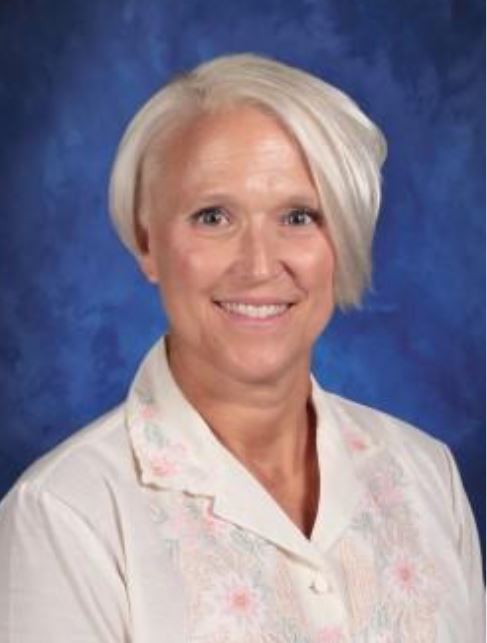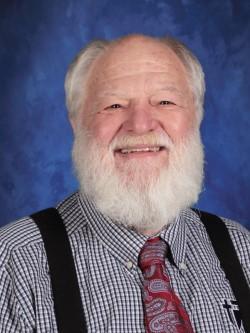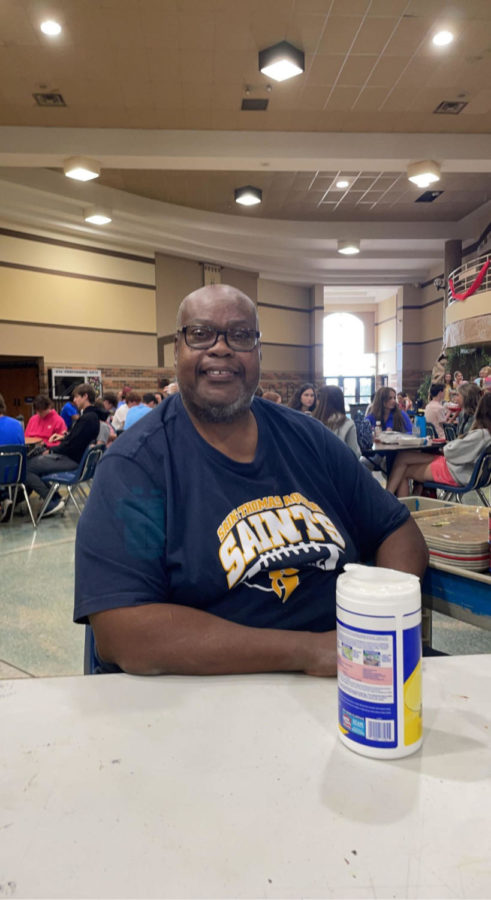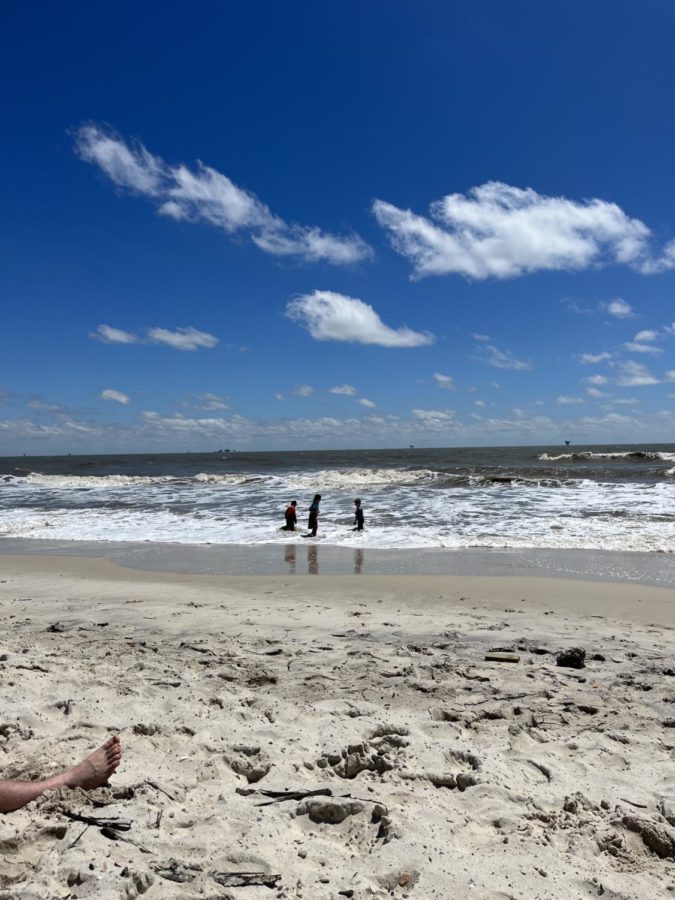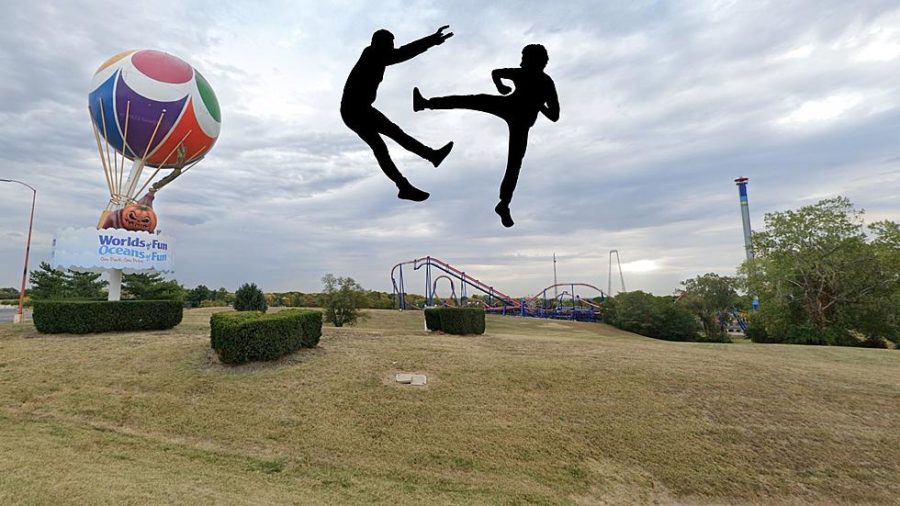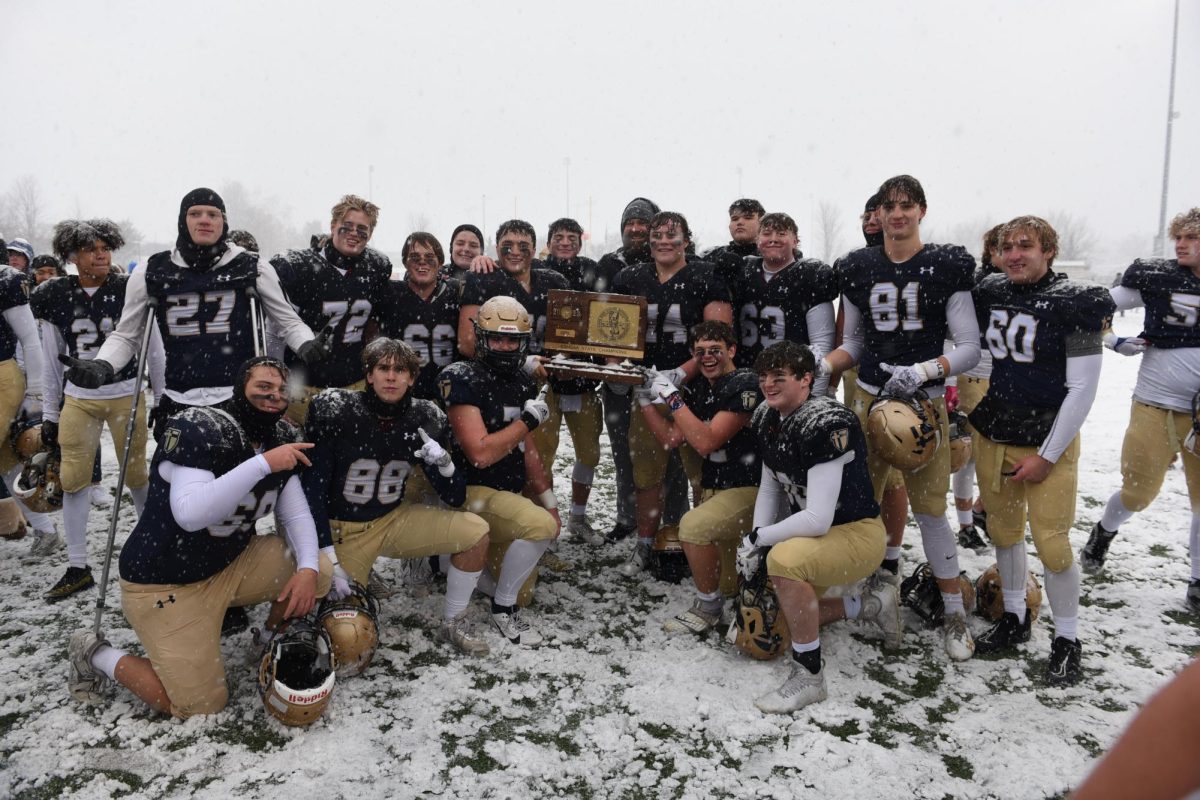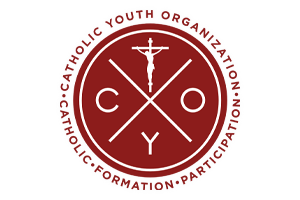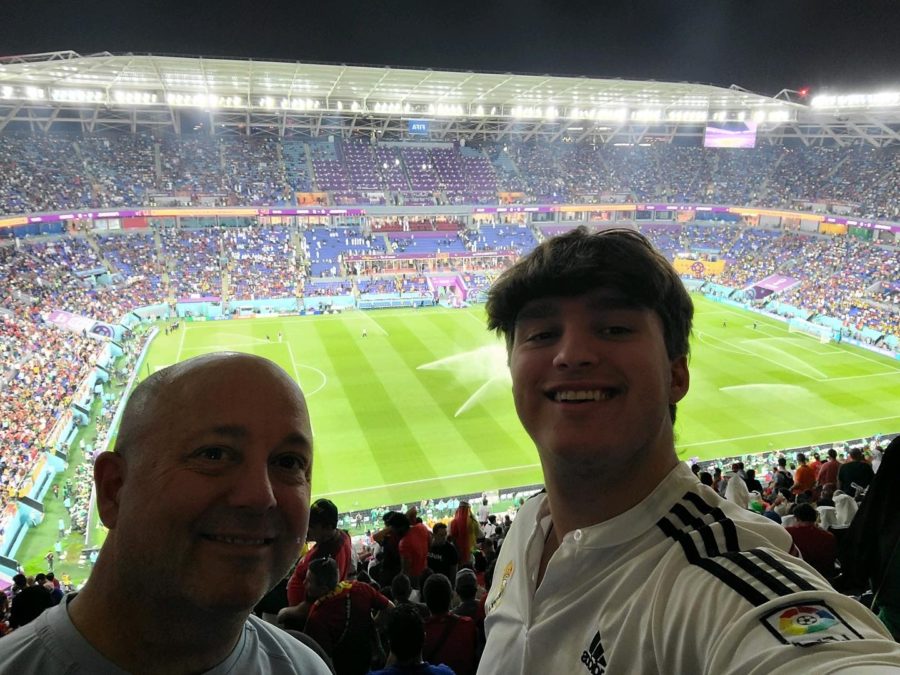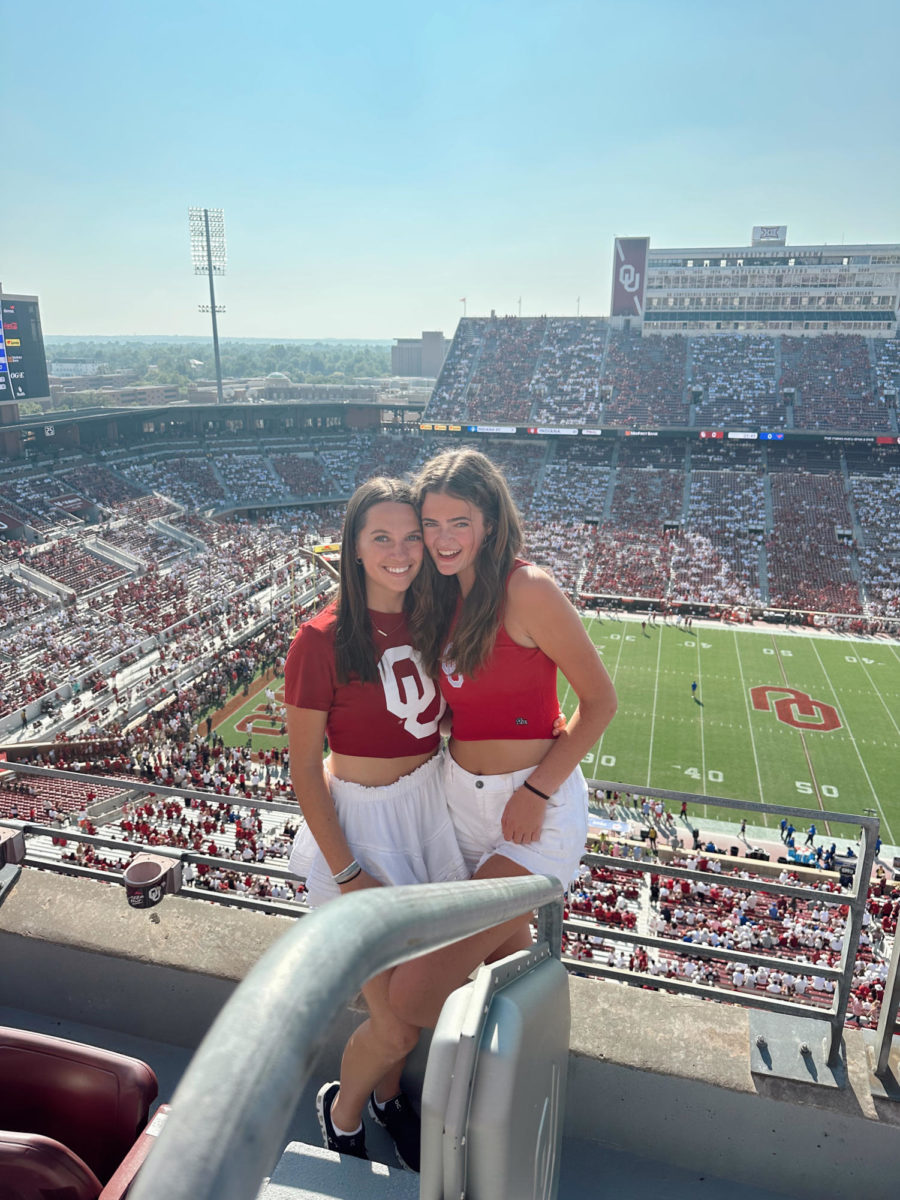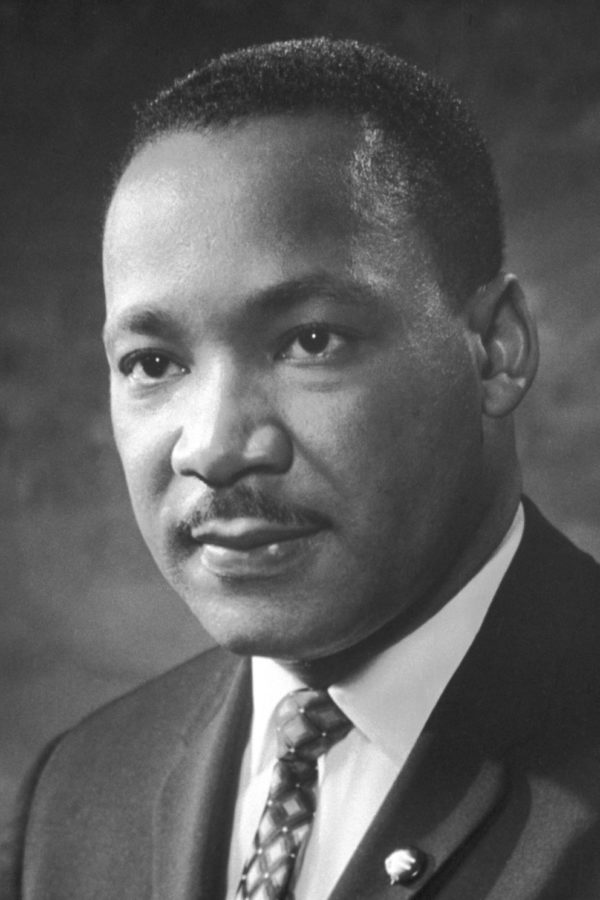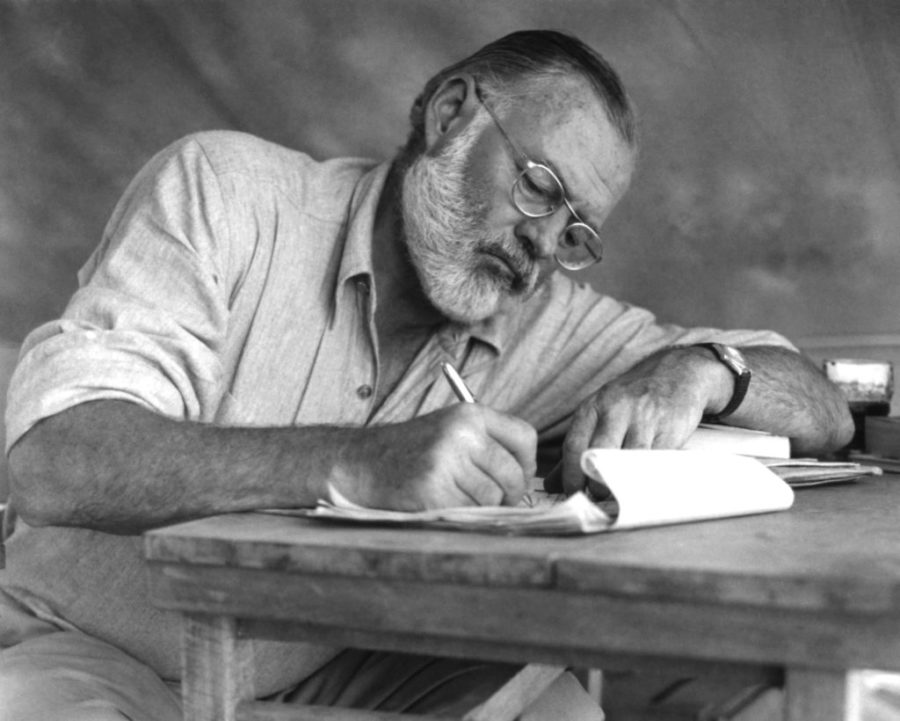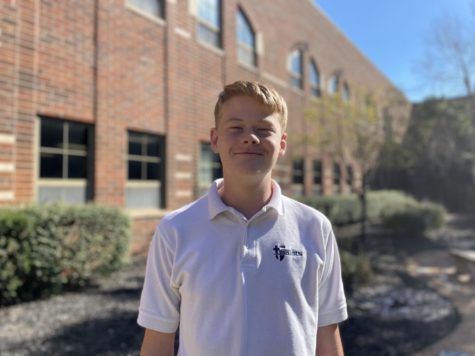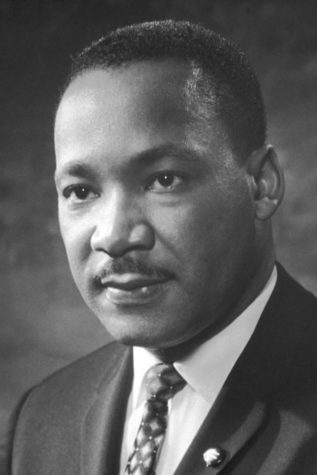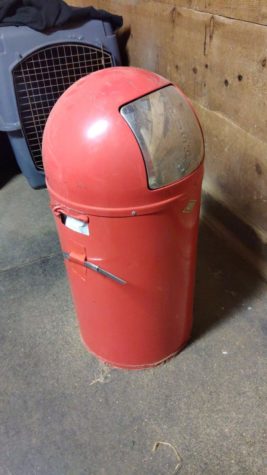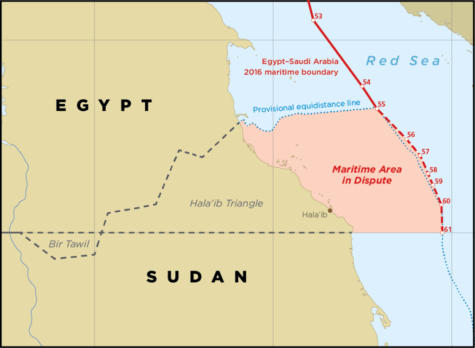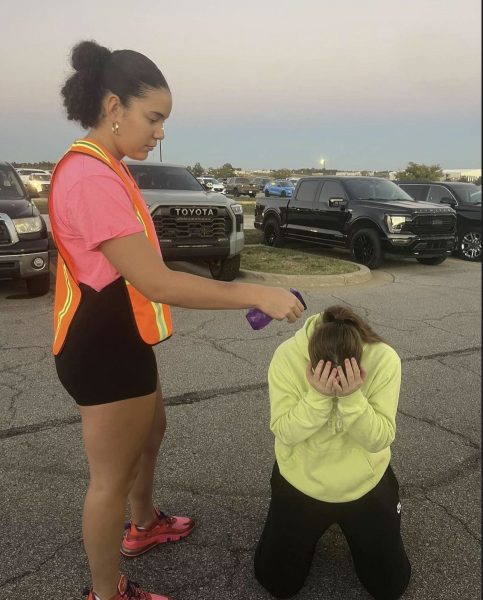The Most Interesting Life Ever Lived
The life and times of Ernest Miller Hemingway
Photo by: Earl Theisen
April 5, 2023
Ernest Hemingway was a world-renowned author, most known for his most famous work “For Whom the Bell Tolls”, along with many other well-written books. However, that is NOTHING in comparison to what the rest of his life was like. Writing one of the most famous books of all time was one of the least exciting things that happened to him. Hemingway had one of the most interesting, tragic, and unbelievable lives that will probably ever be lived. So, in chronological order, here is the insane story of Ernest Miller Hemingway’s life.
Ernest Hemmingway was born on July 21, 1899, in Oak Park, Illinois, right next to Chicago. He was the second of six children. His mother wanted him and his older sister Marcelline to look like twins, so she kept Hemingway’s hair longer and made him wear more feminine clothes for three years. As a boy, he learned to play the cello, was very good at many different sports, and worked as an editor on the school’s newspaper and yearbook. After his schooling, he went to write reports for The Kansas City Star for six months.
In 1918, Hemingway joined the Red Cross during WW1 after being rejected from the military due to poor eyesight. On July 8th, he was seriously injured by mortar fire after picking up some chocolate and cigars for the troops. He spent six months in the hospital with shrapnel in both legs. During his stay, he fell in love with a nurse who was seven years older than him. They planned to get married when he returned to America, but she didn’t follow him, only sending him a letter saying she was now engaged to an Italian officer. This would create a deep emotional wound in Earnest, as in the future he would tend to be the one that breaks off a relationship before they have the chance to leave him.
After returning to America, he got another reporting job for the Toronto Star Weekly. He soon found a second chance at love when a friend of his roommate’s sister came to visit. Her name was Hadley Richardson. He claimed, “I knew she was the girl I was going to marry.” She was eight years older than him. They got married on September 3, 1921, and traveled to Paris to live. There, he met many famous people such as Gertrude Stein and Pablo Picasso. He also met James Joyce and went on “alcoholic sprees” with him. The couple moved back to Toronto in September of 1923 and had a son there. This was when Hemingway published his first book “Three Stories and Ten Poems”. They then returned to Paris in January of 1924 because Toronto was too “boring”. He met F. Scott Fitzgerald and they soon became somewhat rivals.
While traveling across Europe, he became friends with Pauline Pfeiffer, another journalist, who urged him to take a deal with a New York publisher. He flew out to finalize the deal, and on his way back began an affair with Pauline. Hemingway’s relationship with his wife Hadley quickly deteriorated. They got divorced in January of 1927, and he married Pauline in May. He then converted to Catholicism, got a permanent scar on his forehead after he pulled a skylight down on his head, and moved to Key West, Florida in March of 1928, and had a child in Kansas City on the way there. While on the train to Florida, Hemingway received a letter telling him his father had killed himself. Hadley’s father also committed suicide and, after realizing this, commented, “I’ll probably go the same way.”
Hemingway and his family would go up to Wyoming for the summer, where he would hunt deer, elk, and bears. He would have plenty of experiences with dangerous animals throughout his life. His third child was born in 1931. He then went on a 10-week lion hunting trip in Kenya with his family, where he contracted dysentery and had to be hospitalized. When he returned home he began to sail the Caribbean and “go fishing” with a machine gun. During one of these trips, he shot himself in the leg while aiming at a shark. He then went to report on the Spanish Civil War, where he met Martha Gellhorn. His relationship with Pauline started to crumble, and after their divorce, he married Martha on November 20, 1940. They moved to Cuba, where he published “For Whom the Bell Tolls.” This was also when his love for cats started to become a famous trait of his. He was known to own multiple cats, and seemed to enjoy their company more than his family at points. It is all but confirmed he also worked for the KGB (the Soviet Union’s secret police) at this point, due to ideological similarities. In 1942, he spent most of his free time alone on a boat, tracking Nazi U-boats with his trusty machine gun and a pile of hand grenades. In May of 1944, he and Martha were sent to Europe to report on WW2. However, Hemingway refused to help Martha get a press pass for an airplane, so she was forced to ride on an explosive-filled boat. She finally met up with him in a hospital because Hemingway had gotten in a car crash. She yelled at him and left Hemingway for good.
However, he met another reporter in Europe named Mary Welsh, and they agreed to get married after meeting only three times ever. He went with the troops to Normandy Beach for D-Day before his boat was turned around on the shores. After this, he became the leader of a small village militia outside of Paris. By doing this, Hemingway had violated the Geneva Convention because “a correspondent is not supposed to lead troops.” However, he got off without punishment because he claimed to only give advice. He got pneumonia while trying to report on the Battle of the Bulge. In 1947, Hemingway was awarded with the Bronze Star for his wartime reporting.
In 1946, he married Mary, and she had an ectopic pregnancy five months later. The Hemingway family had a bad streak of injuries from 1945-1947. Hemingway would get in another car accident, Mary broke both ankles in two separate skiing accidents, and one of his children would also get in a car crash. Hemingway would sink into a depression after a lot of his literary friends started to die. He started to drink and became overweight, even contracting diabetes. In 1948 Hemingway and Mary went to Europe where Hemingway would fall in love with a 19-year-old girl. They never were in a relationship, but she inspired his book “Across the River and into the Trees.” He became furious due to the negative reception of this book, and spent eight weeks writing “The Old Man and the Sea.” This became a world-famous book that earned him a Pulitzer Prize in 1953.
In January of 1954, on his second trip to Africa, Hemingway and Mary got in a plane crash and suffered a head wound. The next day he boarded a plane to go to the hospital, when the plane EXPLODED on takeoff. He suffered a massive concussion and had many broken bones, but he lived. When he finally got to the hospital, he spent his time reading his own obituaries, written by people who thought he had died. A month later, he went on a fishing trip with his son and wife. On this trip, he was caught in a brushfire and sustained multiple second-degree burns. He started to drink more heavily to counteract the pain he constantly felt from all of this. In October of the same year, Hemingway would receive the Nobel Prize in Literature.
After publishing some more works of his, he fell into another depression he would never recover from. In 1959, he bought a new house in Idaho and left Cuba, but not before saying in a New York Times article how happy he was that Fidel Castro was able to overthrow Batista. He stayed in a New York apartment for a time, where he became paranoid that he was being watched by the FBI. He was, in fact, correct, as they had learned about his history with the KGB and had been monitoring him for ten years at that point. He was then taken to Idaho due to his deteriorating physical and mental health. Hemingway was put in the Mayo Clinic in Minnesota in November of 1960. There, Hemingway was treated with electroconvulsive therapy at least ten times, which today has been shown to harm the patient far more than help. He was released in January of 1961, but he was in terrible condition. His depression only got worse and, after hinting at suicide multiple times, was re-admitted to the clinic in April. He received electroconvulsive therapy three more times before being released again in June. Two days later, he grabbed his favorite shotgun and took his own life on July 2, 1961.
Thus ends the story of one of the most interesting people to ever live. Ernest Hemmingway was a great writer, no doubt, but he also has some of the most exhilarating stories I’ve ever heard. Everything from trying to single-handedly take down a U-boat to somehow predicting his own death. I write about plenty of fake things or odd conspiracies, but everything I have said here is 100% true. Even I doubted these stories at first, but it really just goes to show what an insane life this man lived. Ernest Hemmingway will be remembered, but I hope it’s for more than his books.
Sources:
Wikimedia Foundation. (2023, March 30). Ernest Hemingway. Wikipedia. Retrieved April 5, 2023, from https://en.wikipedia.org/wiki/Ernest_Hemingway
Yahoo! (n.d.). Why Ernest Hemingway took a machine gun fishing. Yahoo! News. Retrieved April 5, 2023, from https://www.yahoo.com/news/why-ernest-hemingway-took-machine-080000060.html
Hemingway goes sub chasing. Warfare History Network. (2022, December 14). Retrieved April 5, 2023, from https://warfarehistorynetwork.com/article/hemingway-goes-sub-chasing/

